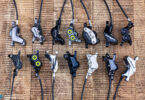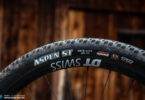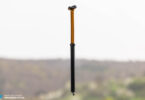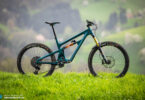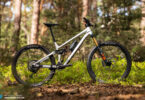Technology | Why we’re going to ride plus-size tyres in the future
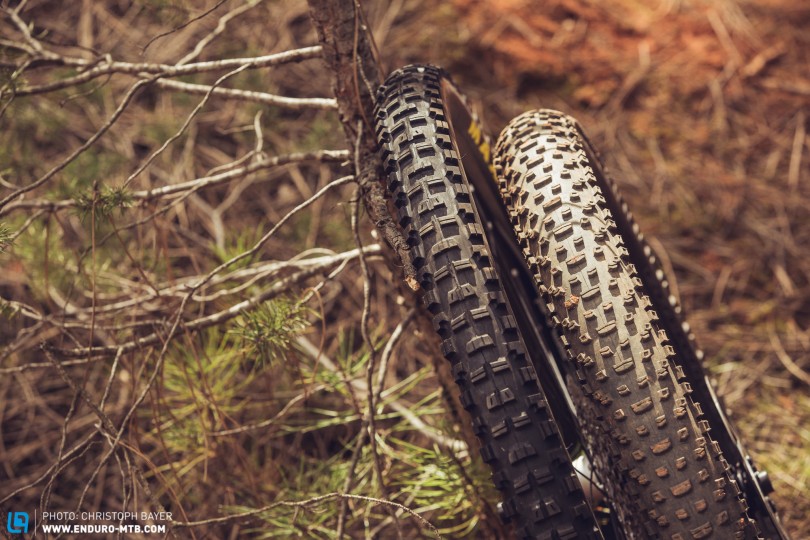
27.5+, 650B+, Fattie, B+, 29+, 26Plus… prepare your eyes and nerves for the onslaught of yet more terms in the coming months. As soon as it seems like the cycling industry might be riding a gentle wave of tech calmness, the next new standard hits the headlines and curiosity, confusion and insecurity abound once again. In our new series, we’re going to highlight these trends and their respective pros and cons. We’ll be the definitive voice when it comes to opinions and facts on the new ‘plus’ movement.
Even during our expert panel discussions at the Design & Innovation Award 2015, we ascertained that one thing was for certain: mid-season 2015 and 2016 are going to be dominated by large volume and wide plus-size tyres.
Big tyres – why so?
History and fashion are as always repeating themselves. Years ago, wide tyres and rims reigned supreme – or at least until the industry got bogged down with efficiency, weight and diet. Technical limits were pushed, and performance took priority over fun when it came to riding. As it was, our weight-conscious population let these bigger builds fall by the wayside.
But now it appears that this ‘fat past’ is making a comeback with these new plus bikes.
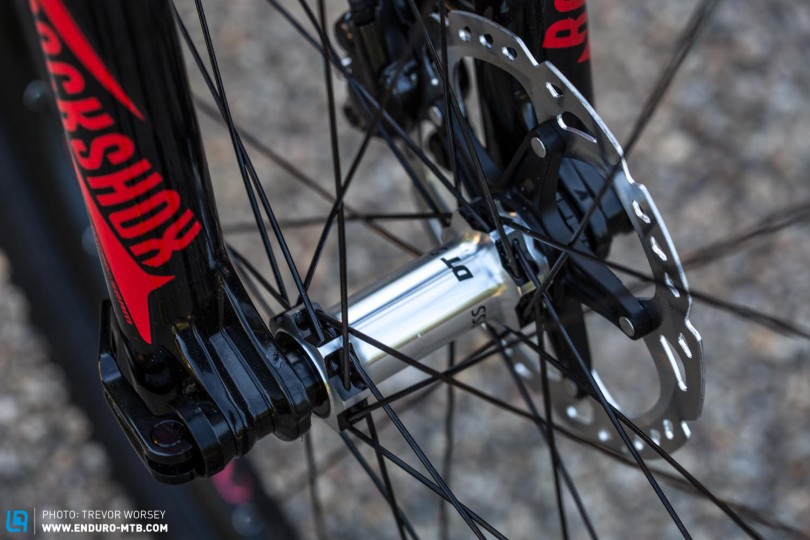
History is repeating itself – but what’s the story this time around?
Supposedly there’s a concept behind every development, but the sad truth here is that in the case of plus-sizes, it’s only just revealed itself. Want the good news? When it comes to technical aspects, the frame is poised and ready to roll. Just think, there’s now the standardised Boost technology, which increases tyre clearance and the rigidity of your ride. What’s more, according to initial data from certain manufacturers, the weight of a 27.5+ tyre-wheel combo is similar to a conventional 29” combo.
While developers can’t stop eulogising over wider tyres, promising more traction, more comfort and more stability, as well as more forgiving handling, the jury is still out on the future of these developments.
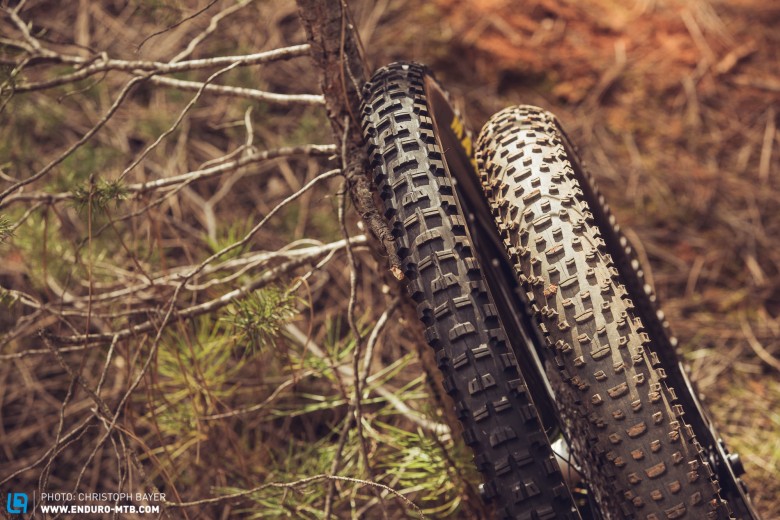
A plus bike isn’t necessarily a Plus-Bike!
Whether we’re headed in the direction of mini-fat bikes with tyres up to 3.2” wide and air pressure of below 1 bar, or towards skinner 2.8” tyres on up to 45mm rims (inner measurement) and (high) air pressures around 1.4 bar – the outlook remains uncertain. Both alternatives are potentials and both make complete sense when it comes to their intended purpose.
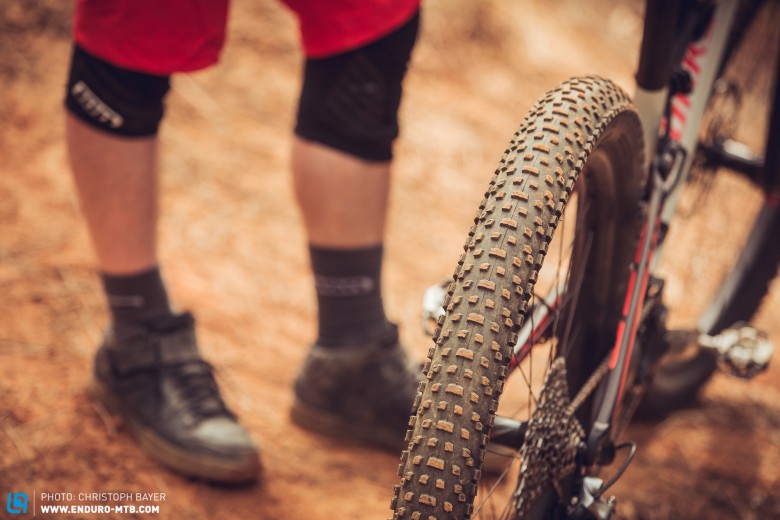
The old new values!
Like the sport of enduro, we see fat bikes, the new plus sizes and even E-MTBs as a return to the original values of MTB, which has one priority: having fun! Given today’s over-worked society of incessant multi-taskers, we need to address the balance in our lives – or rather, complete lack of it. Away from the stress of work, we’re looking for a release. Just to be able to ride with your mates at the weekend you have to put up with a lot: long queues at the bike park, constant repairs to the bike and structured training sessions – no wonder you’re low on motivation and time to ride. We want to get back to focusing on riding, nature and just having fun.
And society’s current move towards that sort of lifestyle is paralleled by how we want our mountain bikes too. Simplicity, reliability and enjoyment are coming to the fore. Take, for example, the refinement down to a 1×11 drivetrain rather than 2x or even 3x, suspension with 3 level settings instead of thousands of options, and closed, more manageable technology. The industry has started down this route. Could plus sizes become the norm?
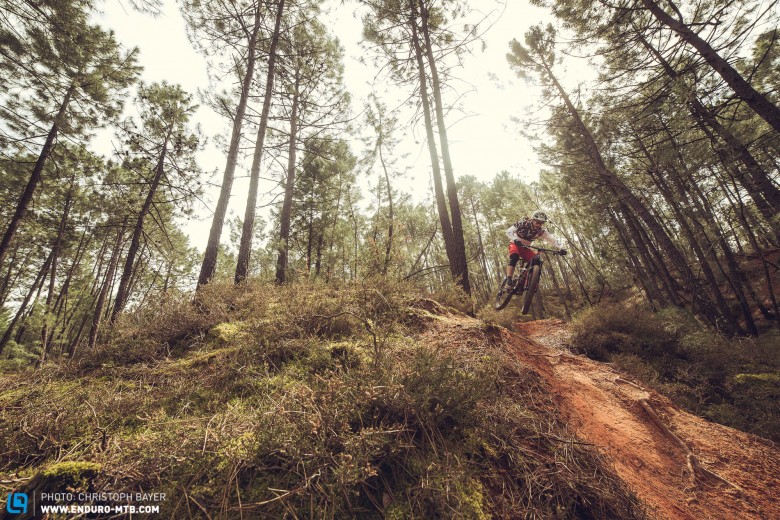
Push your limits!
It’s not about competing, splitting the paddock, and shaving off seemingly crucial seconds, it’s about what’s possible and what isn’t; where are the technical limits? And the limits of this trend aren’t related to weight stats, they’re based on the rider’s own limits, with the key words being control, stability and comfort.
And most riders (even if they don’t like to admit it) would be delighted with every single technical advantage if it meant a comfier or better ride. Carbon rims, suspension tuning, new brakes, new cockpit – mountain bikers are veritable tuning freaks, not averse to spending huge sums on new parts. And that’s a good thing. It makes riding fun. And now that fun and your grins can get even bigger.
And what about racing?
Our first test rides have shown that plus sizes could provide significant benefits for enduro races too, but technical advantages are much more decisive when it comes to saving precious seconds. These plus tyres demand a different setup, and perhaps other developments too. The next instalment of this series will outline how these might look and what our first impressions of the prototype tyres are after a few weeks of exhaustive testing.
The truth is that something revolutionary is in the air, which will noticeably influence the characteristics of today’s bikes. If you’ve already ridden a fat bike, you’ll know the difference that fat tyres make when it comes to traction and comfort. The new plus-sizes will extend the scope of these benefits to the majority of mountain bikes without having to make any significant compromises. As the rider, you’ll have the choice. After all, the new plus-size compatible models can still be ridden with conventional tyres too.
Words: Robin Schmitt | Photos: Christoph Bayer & Robin Schmitt
Did you enjoy this article? If so, we would be stoked if you decide to support us with a monthly contribution. By becoming a supporter of ENDURO, you will help secure a sustainable future for high-quality mountain bike journalism. Click here to learn more.



